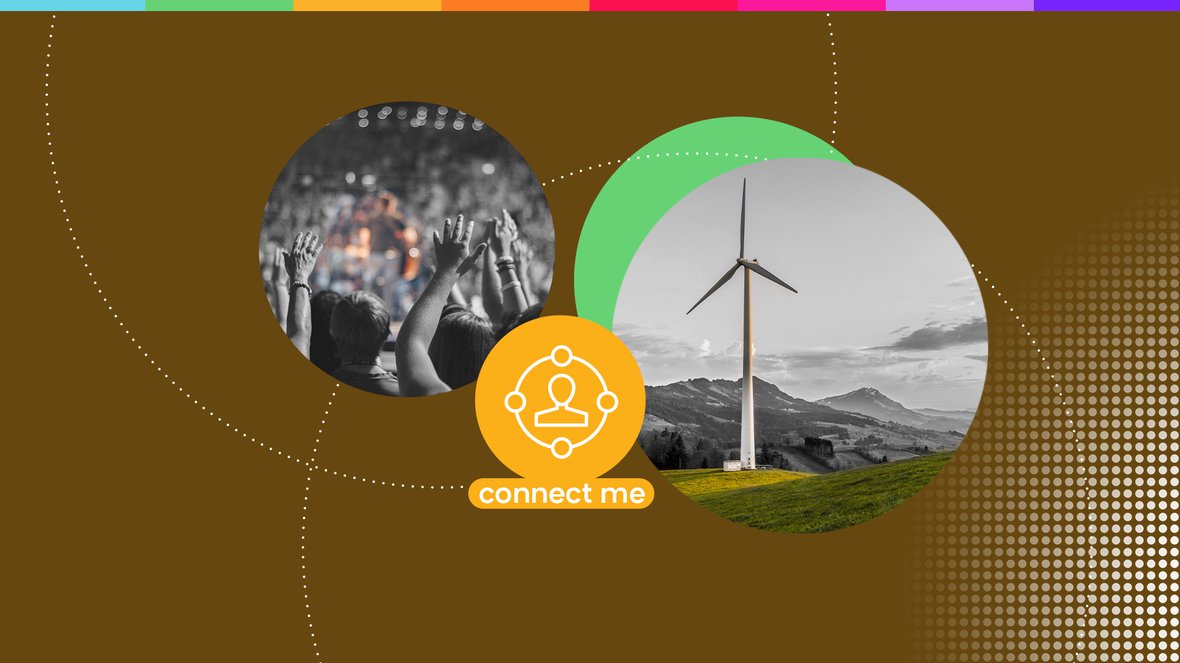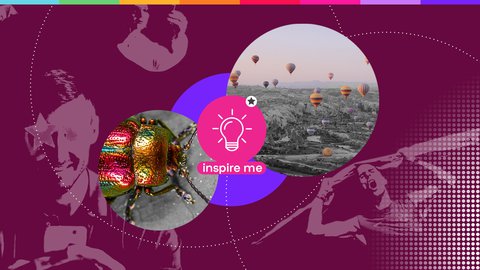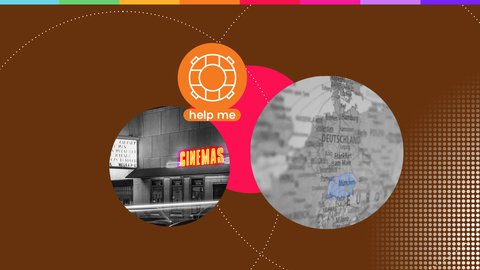Why should you write ‘connect me’ pieces?
Especially in the modern western world, individualism reigns supreme. But the need to feel connected is real. We know that from scientific research. Feeling connected even can add years to your life.
If you assume or know from experience that your audience wants to be part of something, this user need could be the right fit for developing a content strategy. And it can also help you find an original angle for your next story. Stories from a ‘connect me’ perspective can keep your audience involved. You can even consider organising campaigns or events. Activate a movement that people want to join. Your website could be the right platform for making people proud about a certain topic, their environment, or even society. The connection can upstream on your brand as well and therefore be a great incentive to come back - or subscribe and pay.
Journalists can even contribute to activism. It’s certainly not for every newsroom, but supporting a campaign can absolutely be the right thing to do for some. At least it’s a conversation worth having.
Check these user needs as well:
Help me
Kee me engaged
Update me
Educate me
Give me perspective
Divert me
Inspire me
When to write a ‘connect me’ story
There are a lot of problems in the world, and sometimes that feeling creeps on to you like: why isn’t someone doing something about this? If that thought pops up in your mind, there could be a ‘connect me’ article in there.
Example: it is summer and the beaches are overloaded with trash. Your ‘update me’ article already showed the pictures. You explained in a follow-up that the municipality has a shortage of employees at their clean-up service. Here is your open goal opportunity: are there any volunteers who want to do a common cleanup? Invite them, activate them, and encourage them to be part of a movement. Or make them feel proud.
What distinguishes it from ‘help me’ is that this is more like constructive journalism rather than service journalism. You’re not only saying what people could do, but also what they should do. The difference between ‘inspire me’ and this user need is the campaigning part. In an inspirational article you’re saying: this guy is cleaning the beaches every day. A connecting article says: on this website, you can register to join the movement. Does it match your brand dna to place that form on your own website?
Getting started with a ‘connect me’ story
Start by asking these questions:
- What can people do about this problem?
- How are people connected to the topic?
- What kind of ideas help to create a movement?
- In what way are people interested? What’s in it for them?
- Should your visitors have skin in the game?
- Which ambassadors can help us motivate people?
Go find your ambassador, or if it fits your brand: be the ambassador yourself. Could this work in collaboration with the marketing department?
Useful formats for a ‘connect me’ piece
The most typical format for a ‘help me’ piece is a:
- Columns
- Opinion
- Report
- Sign up form
- Announcement
A good ‘connect me’ headline
‘Beach clean up day in Barcelona welcomed with enthusiasm’
Find ways to activate people in the headline, maybe without inviting them explicitly. That really depends on your brand. If a newsroom wants to have a certain distance to the topic, it is possible to set yourself on the sideline and at the same time show sympathy for an event. Do you as a brand want to be more involved? It could be something like this:
‘Beaches need big cleanup: are you joining the movement?’ Yes again, this approach is for your own newsroom to take a stance on.
Great examples of ‘connect me’ articles
Florida’s green wave
A New York Shelter wants you to adopt this ‘jerk’ dog
Superheroes called on to help raise money
LA has a new mayor: take LAist’s survey and set the agenda you want to see
Why Amsterdam is the real best city in the world
Column: cutting my hear for a good cause
Dmitry’s pro tip
The most effective way to think about ‘connect me’ articles is to think of them being a part of a series - you start with an ‘inspire me’ article about someone doing something amazing, overcoming the odds, and really making a change. Then you follow it up with a ‘connect me’ article explaining how others can get involved. Perhaps, there is also a ‘help me’ article out there, with practical, individual advice. When newsrooms send a journalist on an assignment, lots of interesting bits never make the final cut, so don’t just drop these bits and pieces that never made it into the first piece. Be purposeful about doing a ‘connect me’ follow-up piece.


